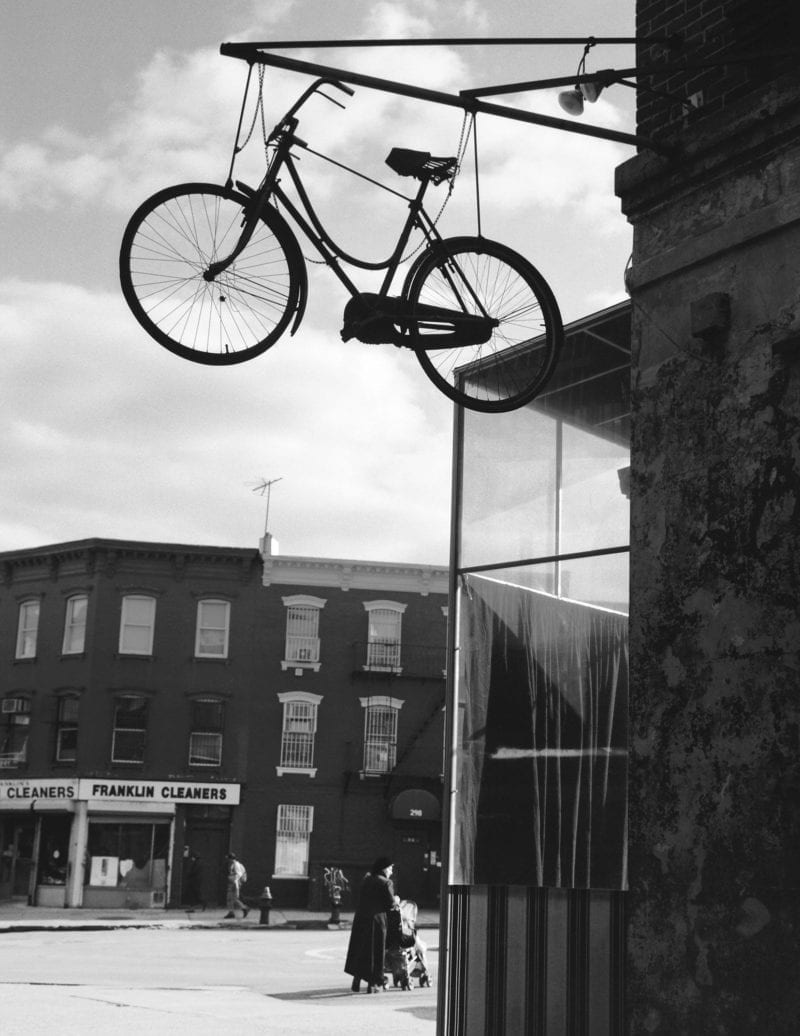This post is a part of a series called “Help Me Understand,” where we practice the art of dialogue amongst diverse opinions. The focus is to come around the table and learn to have healthy conversations with people whose views are different from our own.
In the age of gentrification, many neighborhoods have undergone some pretty nice makeovers. However, while the exteriors of these places are clearly more alluring, what often accompanies these facelifts are the collapse of long-time local businesses, as well as the removal of low-income residents from their homes.
So what does gentrification actually mean?
Gentrification is defined as the process of repairing and rebuilding homes and businesses in a deteriorating neighborhood, which is often accompanied by an influx of middle-class or affluent inhabitants coupled with the displacement of less affluent residents. The word gentrification comes from gentry, which is derived from the Old French word genterise denoting “of gentle birth” (14th c.) and “people of gentle birth” (16th c.). In England, landed gentry denoted the social class, consisting of gentlemen.
Today, a negative climate surrounds gentrification as we witness the removal of historic businesses and long-standing residents in the name of “urban renewal.” I myself struggle with the notion that gentrification is entirely bad as I will always champion restoration and renovation. It is much more challenging to reestablish a space and its purpose than it is to tear down and start anew.
Gentrification can often be the birthing ground for this kind of repurposing. I also value safety and cleanliness within a community, which is another benefit.
We witness the removal of historic businesses and long-standing residents in the name of “urban renewal.”
However, these things should not be afforded only to the affluent. In my own community, I have seen neighborhoods transformed for the better. They are cleaner and safer due to the improvements made. Yet, I’ve also seen people left with no choice but to leave because of rising rent prices.
Where is the middle ground? Is there a middle ground? Can we have both renewal and stability for our communities and our neighbors in them?
On the topic of gentrification, Park Slope Civic Council President Michael Cairl told the Crain’s New York Business, “Why not undertake a full master plan for the area that engages planners, developers, finance, industry and, above all, community input that isn’t just lip service, to make this area a center for jobs, housing and essential services such as schools? Encourage tech and craft industries to locate there and train and hire people in the community. Let’s get away from thinking that one-size-fits-all gentrification, without any meaningful planning, is beneficial.”
“Let’s get away from thinking that one-size-fits-all gentrification, without any meaningful planning, is beneficial.”
While this plan for gentrification that benefits the community’s residents may require more work for the city and its developers, it is possible. I’ve experienced it in my own corner of the world at one of my favorite coffee shops that opened a few years back in an area of my city that was once very dilapidated and forgotten. A decade ago, on the same street there was only one establishment open for business and everywhere else looked like a ghost town from the Wild West.
While this shop hits all the marks for the young hipsters with its cute and cozy elements reminiscent of any grandmother’s kitchen, they have also been intentional about employing from within their neighborhood. At least one-third of their employees can walk to work each day.
Yet, sadly, this is not the norm. Just a bus ride away in another part of the city, more and more shops have repurposed gas stations for pizza parlors and antique stores for trendy, new bakeries or vogue-like resale boutiques. Yet, the city has failed to intentionality support its neighbors.
I’ve seen advertisements recently go up in an attempt to appeal to more affluent people that do not make up the majority of current residents in that particular area. Developers and city planners seem to be keenly strategizing to build their ideal neighborhood rather than to build relationships with the people already residing there. Gentrification often has the best interest of new businesses but not so much of the current residents who have inhabited that neighborhood for decades.
City planners seem to be keenly strategizing to build their ideal neighborhood rather than to build relationships with the people already residing there.
Gentrification, in and of itself, is not bad. Perhaps, if more city planning practiced Cairl’s idea about using gentrification to improve neighborhoods for the people who live there, we might actually uncover the urban renewal that these neighborhoods and residents need and deserve without displacing them. We might, in a sense, redefine gentrification, restoring both cities and its neighborhoods of people.
What are your thoughts on gentrification? How can improve cities without displacing residents?
Images via Mimi Giboin, Darling Issue No. 13











1 comment
“Gentrification often has the best interest of new businesses but not so much of the current residents who have inhabited that neighborhood for decades” – couldn’t have said it better myself! I live in a city that seems to have lost its character over time too. It makes me nostalgic when I think about the quirky buildings and concepts that once existed!
–
Charmaine Ng | Architecture & Lifestyle Blog
http://charmainenyw.com